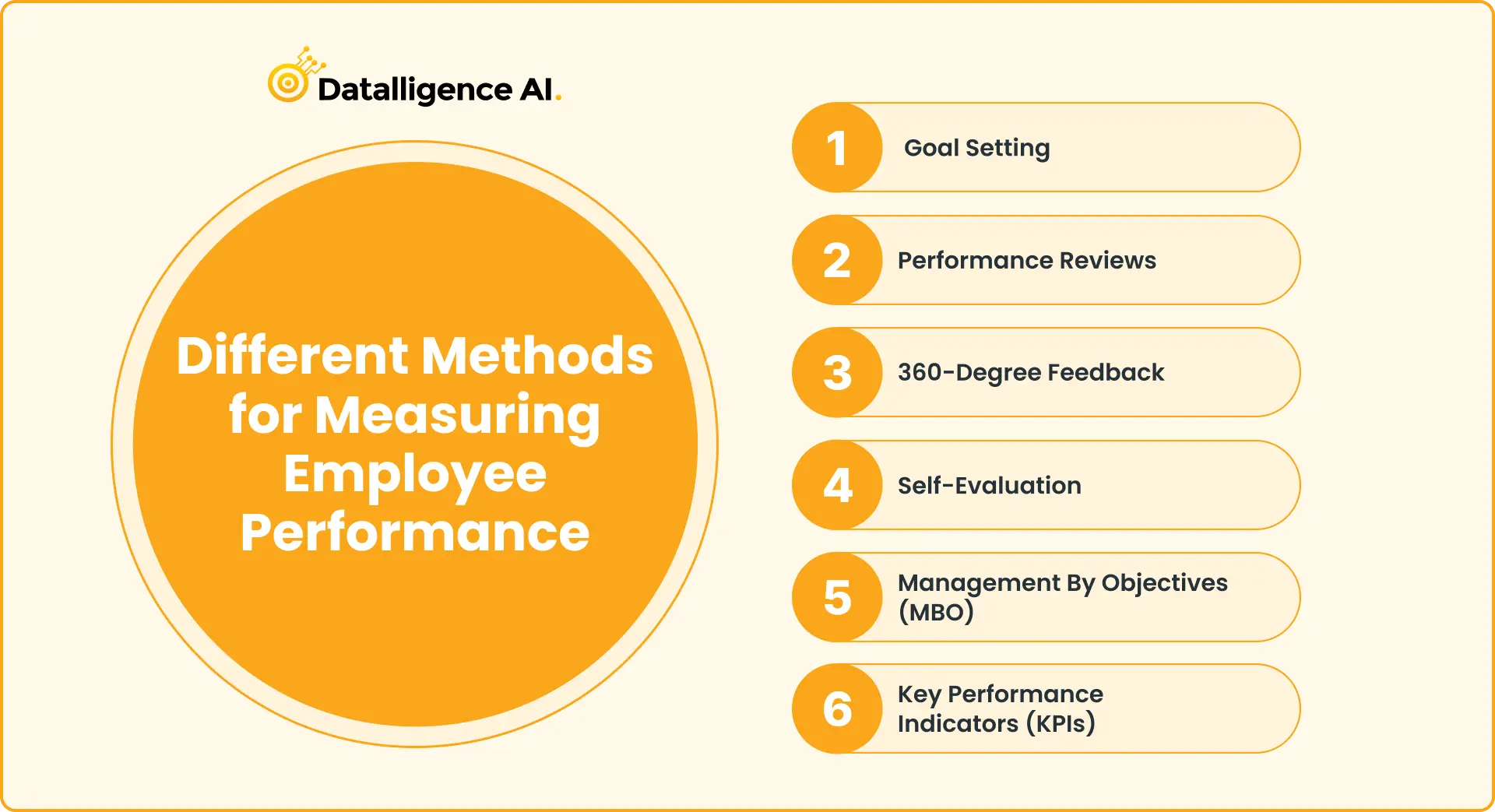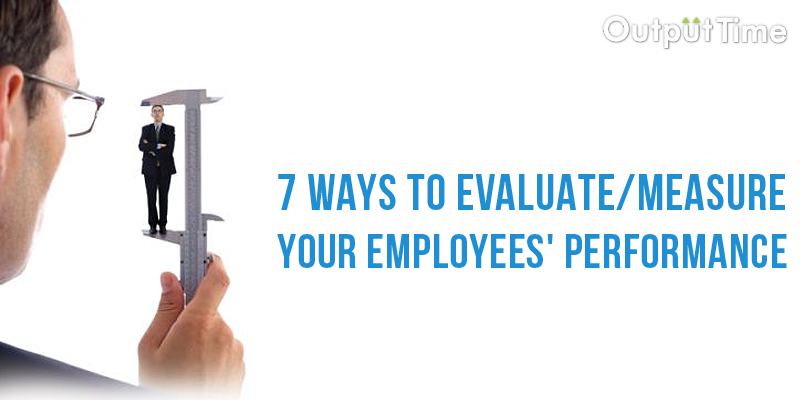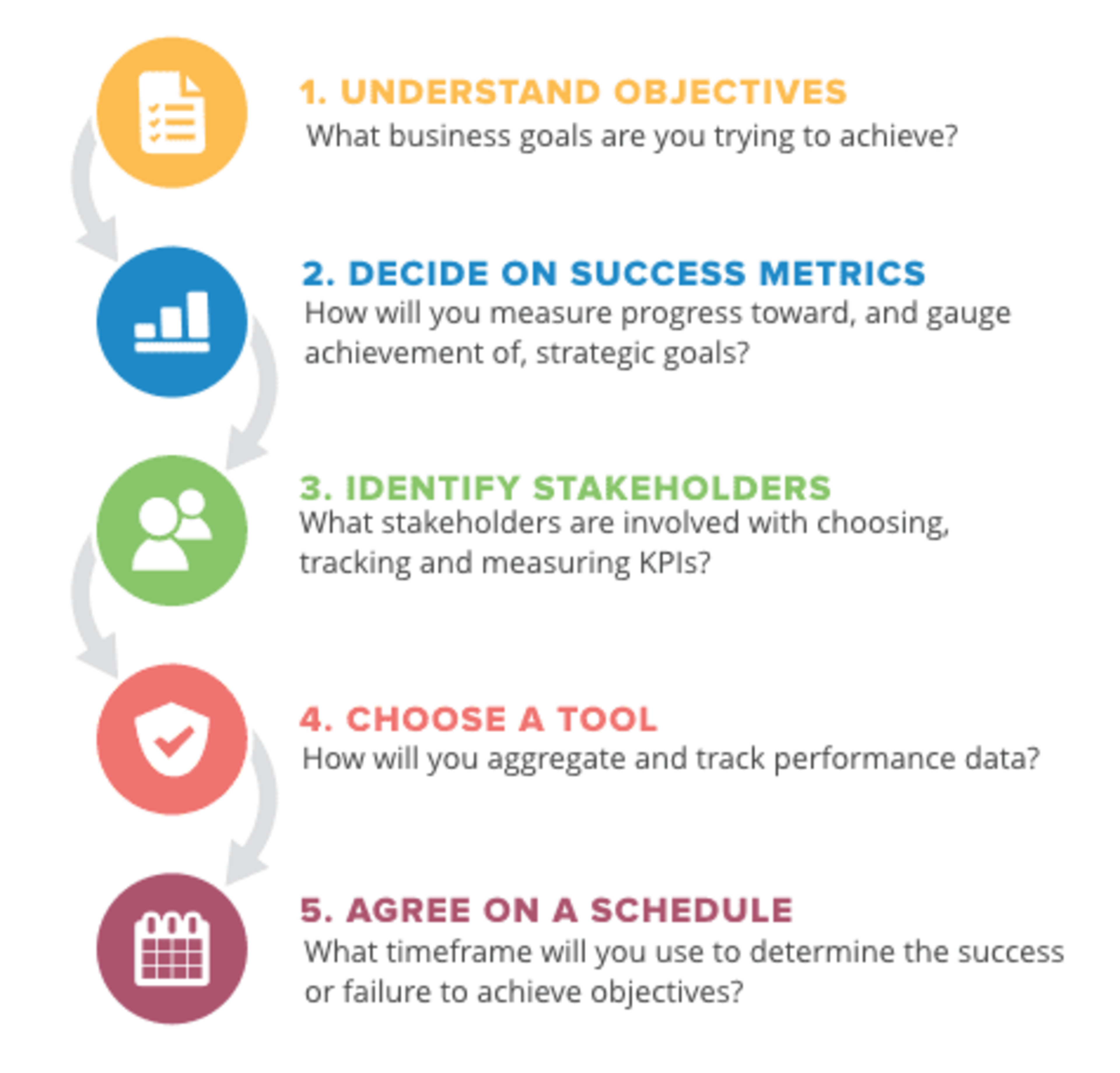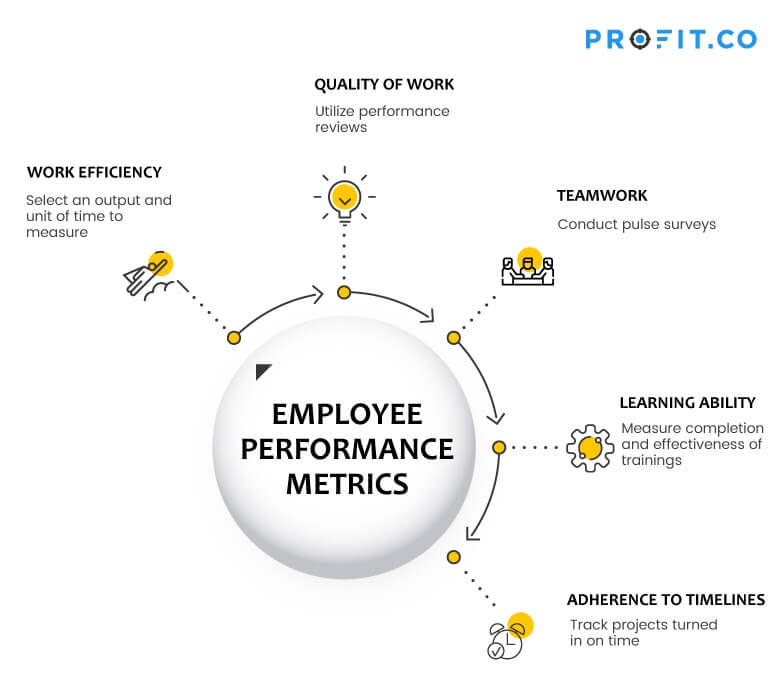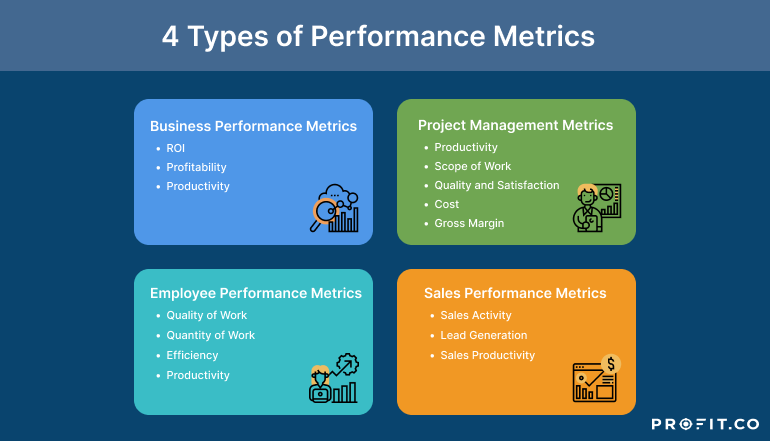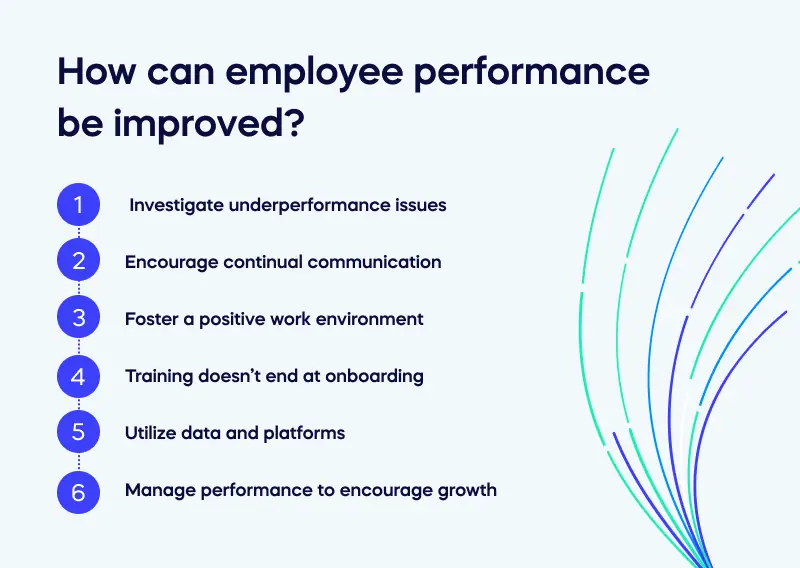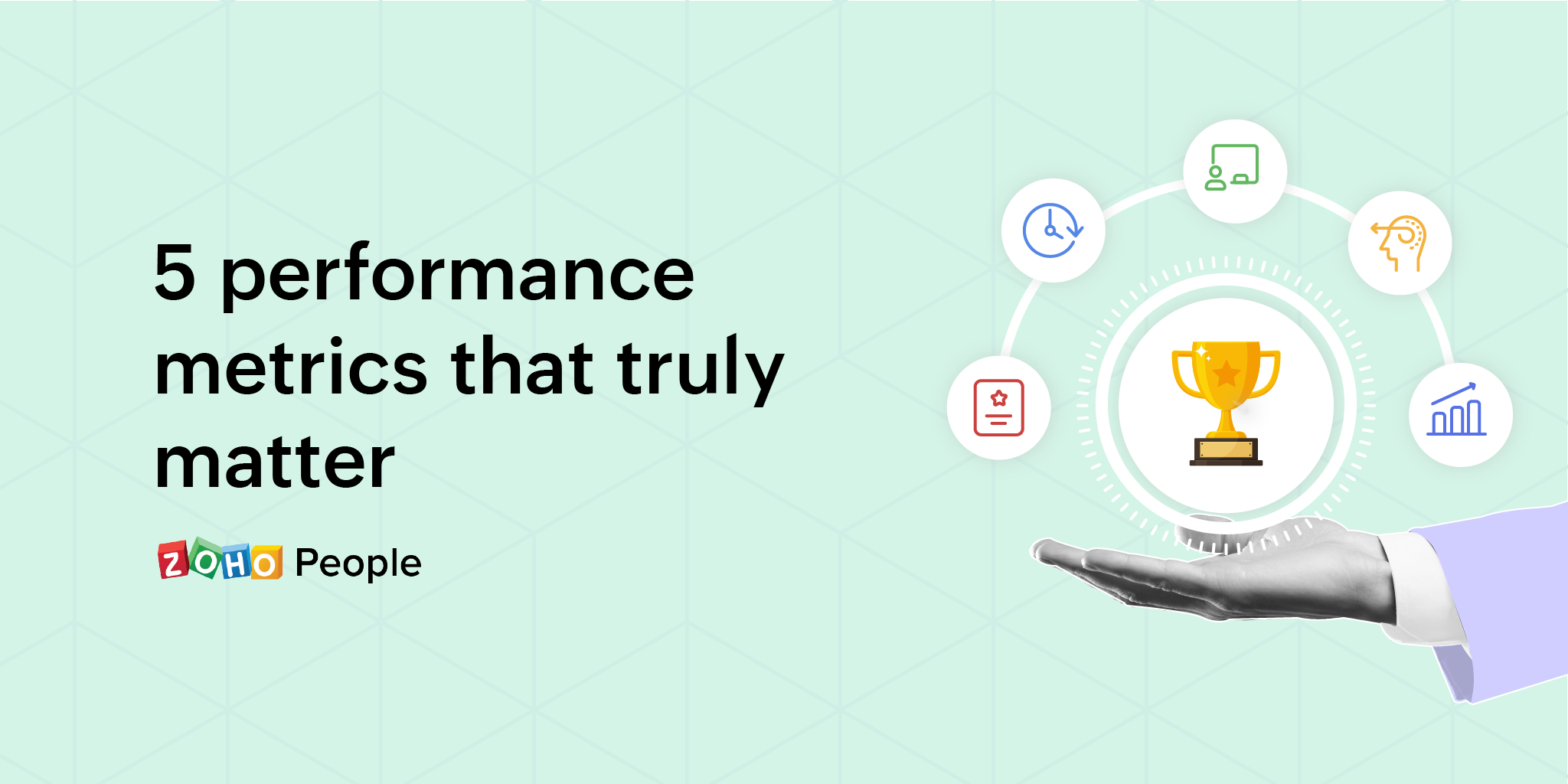Ways To Measure Employee Performance

Imagine a bustling office, the air buzzing with the energy of focused individuals. Some are huddled in collaborative brainstorming sessions, others are deeply engrossed in their individual tasks, each contributing their unique skills to the collective goal. But how do managers truly gauge the effectiveness of these efforts, ensuring that every team member is not only busy, but also productive and aligned with the company's vision?
Understanding and effectively measuring employee performance is crucial for organizational growth and individual development. This article explores various methods for assessing employee contributions, examining both traditional and innovative approaches to provide a comprehensive overview of performance measurement strategies. These strategies aim to foster a culture of continuous improvement and alignment with organizational objectives.
Traditional Performance Measurement Methods
For decades, certain methods have served as cornerstones in evaluating employee contributions. These tried-and-true approaches offer a structured framework for assessing various aspects of job performance.
Management by Objectives (MBO)
MBO, a classic approach, centers around setting specific, measurable, achievable, relevant, and time-bound (SMART) goals. Peter Drucker, often credited with popularizing MBO, believed that aligning individual and organizational objectives enhances motivation and productivity.
Employees actively participate in defining their goals, fostering a sense of ownership and commitment. Regular progress reviews help track milestones and make necessary adjustments.
Performance Appraisals
Annual or semi-annual performance reviews remain a common practice in many organizations. These reviews typically involve a formal discussion between the employee and their manager, covering past performance, strengths, and areas for improvement.
Feedback from supervisors provides valuable insights and guidance for future development. However, these reviews can sometimes feel subjective and may not always capture the full scope of an employee's contributions.
Key Performance Indicators (KPIs)
KPIs are quantifiable metrics that track progress towards specific goals. Examples include sales targets, customer satisfaction scores, or project completion rates.
By monitoring KPIs, organizations can identify trends, track progress, and make data-driven decisions. Clear and well-defined KPIs are essential for ensuring that employees understand expectations and can measure their own success.
Modern Approaches to Performance Measurement
As workplaces evolve, so too must the methods used to evaluate performance. Modern approaches emphasize continuous feedback, collaboration, and employee development.
360-Degree Feedback
This method gathers feedback from multiple sources, including supervisors, peers, subordinates, and even customers. A comprehensive view of an employee's performance emerges, offering a more balanced and nuanced perspective.
360-degree feedback can be particularly valuable for identifying blind spots and fostering self-awareness. Anonymity is typically maintained to encourage honest and constructive feedback.
Continuous Feedback
Moving away from infrequent reviews, continuous feedback involves regular, informal check-ins between managers and employees. These conversations provide opportunities for real-time coaching, addressing challenges promptly, and reinforcing positive behaviors.
Tools and platforms are available that facilitate ongoing communication and feedback sharing. These systems can track progress, document achievements, and identify areas where additional support may be needed.
Project-Based Assessments
In project-based assessments, employee performance is evaluated based on their contributions to specific projects. This approach focuses on tangible outcomes and the quality of work produced.
This method allows for the evaluation of specific skills and competencies demonstrated during the project lifecycle. Project-based assessments can also provide valuable insights into team dynamics and collaboration.
Choosing the Right Approach
The most effective approach to performance measurement is not one-size-fits-all. The best method depends on the organization's culture, industry, and specific goals.
A combination of traditional and modern methods may be the most effective way to get a well-rounded view. Organizations should also consider employee feedback and involvement in the design of performance management systems.
Ultimately, the goal of performance measurement is not simply to judge employees, but to help them grow and develop. By providing constructive feedback, setting clear expectations, and fostering a culture of continuous improvement, organizations can unlock their employees' full potential and achieve lasting success. The Society for Human Resource Management (SHRM), for instance, emphasizes the importance of aligning performance management with overall business strategy, highlighting its role in driving organizational effectiveness. Embracing change and adapting measurement techniques to meet the evolving needs of both the individual and the organization is the key to fostering a thriving and productive work environment.
